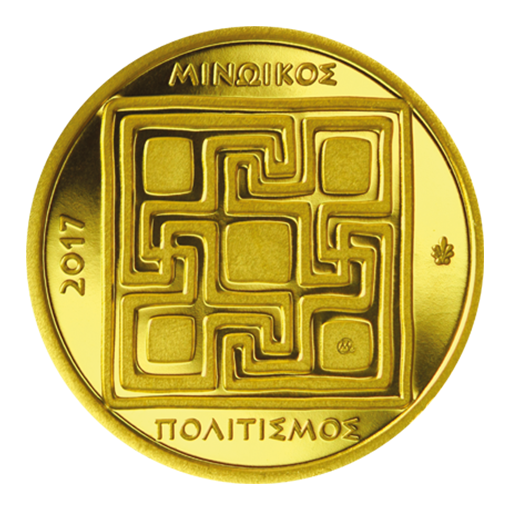

MINOAN CIVILISATION



The Minoan civilisation emerged on the island of Crete in the early 3rd millennium BC and reached its apogee in the 16th and 15th centuries BC. Named after Minos, the mythical king of Knossos, it was the most brilliant civilisation to evolve in the Bronze Age Aegean. The monumental palace of Knossos uncovered by Sir Arthur Evans at the turn of the 20th century and three other important palaces later unearthed at Phaestos, Malia and Zakros indicate a well-organised and affluent society strongly engaged in maritime trade throughout the Eastern Mediterranean. The sophistication of the Minoan culture is further evidenced by the development of scripts (first, Cretan hieroglyphic, then Linear A, both still undeciphered) and exquisite art (architecture, murals, pottery, figurines). The Minoan civilisation collapsed, for reasons that are still debated, in the 15th century BC, when Crete was taken over by the Mycenaeans.
Technical specifications
-
To order use the formDownload the pdf, fill out the form with your personal data and send via email
-
To order use the formDownload the pdf, fill out the form with your personal data and send via email
-
Learn about the Numismatic Programme 2017Download the pdf file

















